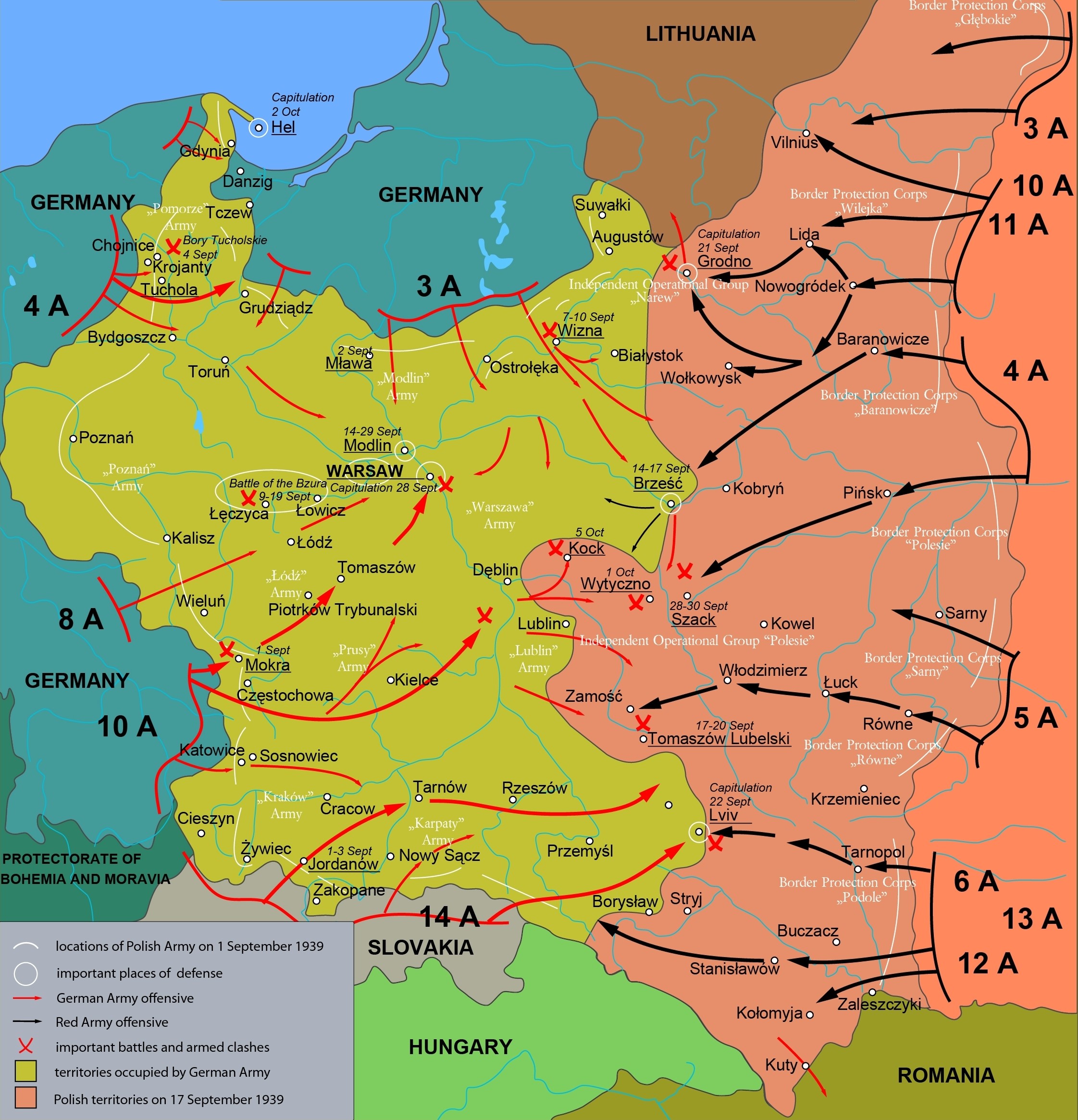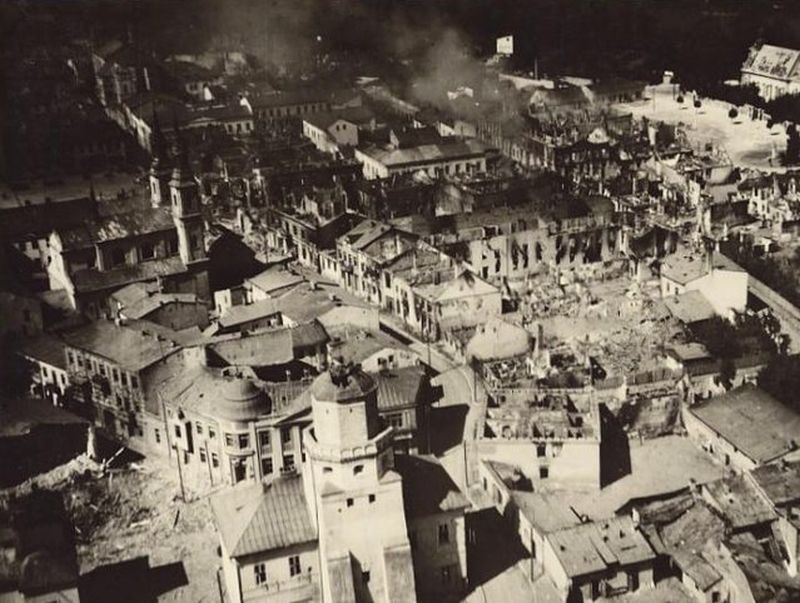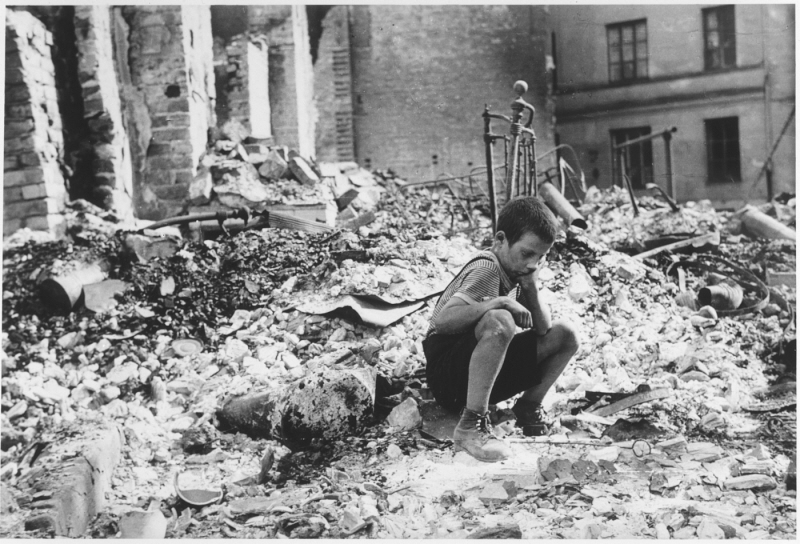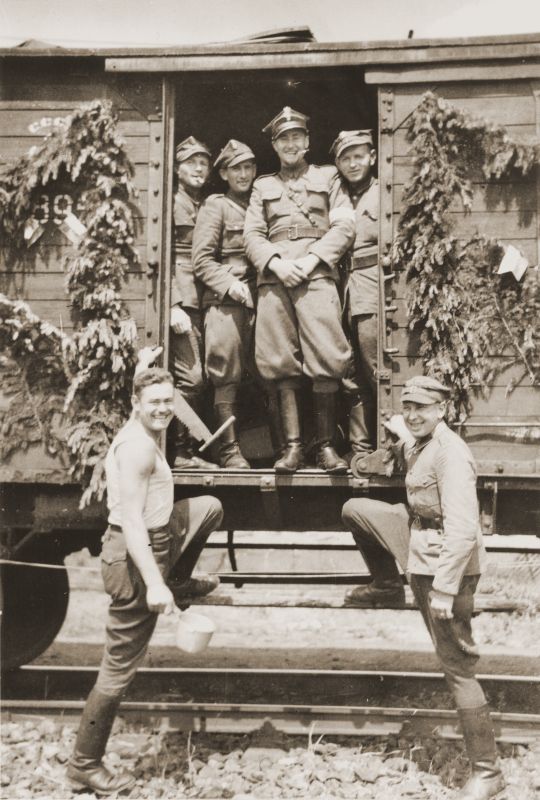Poland before the Second World War
1939 ended the second decade of Polish independence, which Poland regained in 1918 after 123 years of being partitioned. The reborn state had gone through the difficult process of rebuilding after the devastation of war and uniting the economies and societies of three different partitions into one economy and one nation. These were three different populations that had lived in different territories under three different legal, administrative, monetary and economic systems. Despite considerable successes, it was not possible to realise all the plans for the reconstruction of Poland.
The Second Republic was a multinational, multicultural and multidenominational country with a predominantly rural population. Poles accounted for approximately 65% of the inhabitants, Ukrainians 15%, Jews 10%, Belarusians 6% and Germans 3%. The multiculturalism was a positive value, but it was also a source of national and social conflicts.
On the eve of the Second World War Poland was the centre of the Jewish Diaspora. Some 3.3 million Jews lived here, which was approximately 30% of the Jewish population in Europe. On Polish soil nurtured the traditions, culture and main ideological trends of Jewry. The Jews also contributed greatly to Polish science and culture.
Relations between the Jews and Poles were not always free from prejudices or even conflicts and acts of anti-Semitism. Nonetheless, this does not alter the fact that in Poland the Jewish nation for centuries cultivated its religion, traditions and national identity. The level of Jewish assimilation into Polish society was rather low in comparison with Jewish assimilation in Western Europe. Most Polish citizens of Jewish origin lived in a tradional way, mantaining their own religion and traditions.
Participation of Poles in the anti-german coalition
In the autumn of 1939 the Polish Army was formed in France (from 1940 called the Polish Armed Forces). Its soldiers fought in Norway, France, Africa, and later they took part in liberating Western Europe.
In 1941‒42 General Anders formed in the USSR an army that was subordinate to the Polish Government-in-Exile and in 1944 participated in the liberation of Italy. In the years 1943‒44 the 1st and 2nd Polish Armies were formed and fought under Soviet control on the Eastern Front. By the end of the war Poles accounted for one of the largest groups of soldiers, military forces in the anti-German coalition.
Among Poles held in Auschwitz concentration camp in the years 1940‒41 many were soldiers or young people arrested while trying to cross the border to join the Polish Army, which was then being formed in the West.




